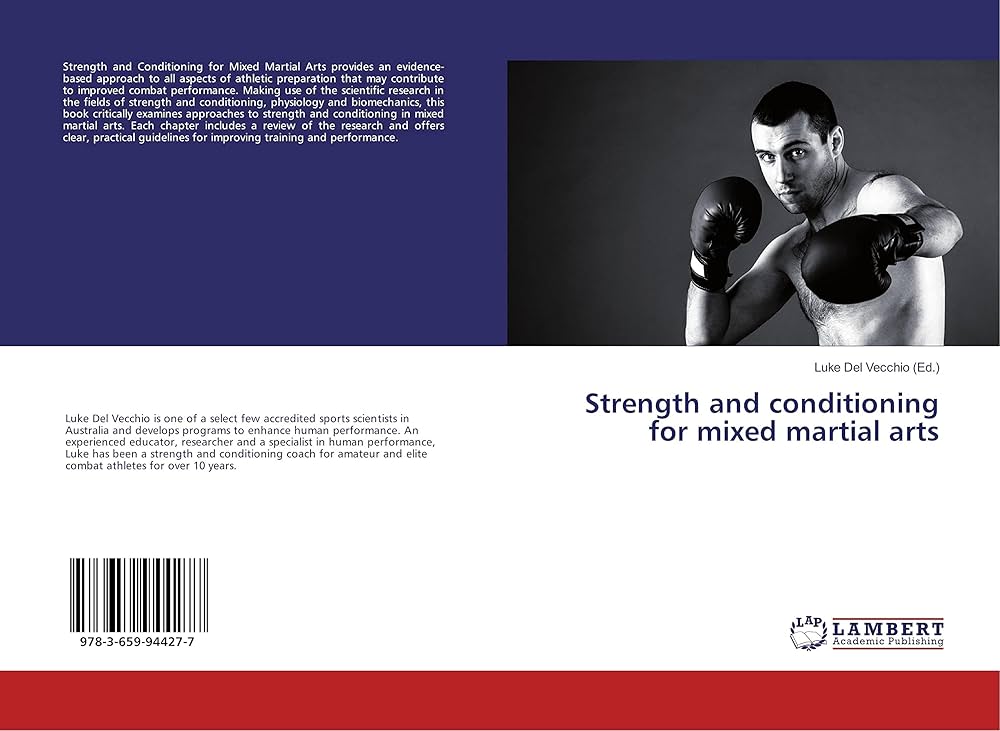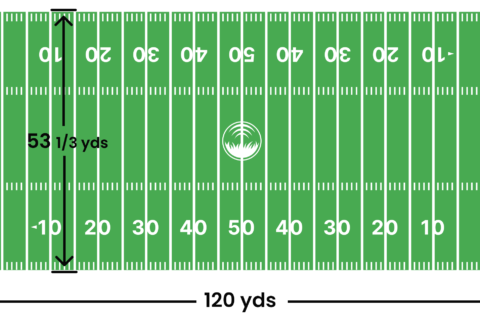Guidelines for practical boxing include maintaining proper stance and technique, and consistent training for strength and endurance. Boxing is a demanding sport that requires discipline and dedication.
Proper stance and technique are foundational for effective performance. Consistent training builds strength, endurance, and agility. Adhering to these guidelines minimizes injury risk and enhances skill development. Boxing also improves mental toughness and strategic thinking. Maintaining a balanced diet and adequate hydration supports overall performance.
Regular sparring sessions provide practical experience and refine skills. Listening to a coach’s advice and continuous self-assessment lead to gradual improvement. Overall, practical boxing blends physical fitness with mental acuity, making it a comprehensive and rewarding sport.

Credit: www.amazon.com
The Science Behind A Powerful Punch
A powerful punch starts with the feet. Boxers generate force by pushing off the ground. The energy travels up through the legs, hips, and torso. Finally, it reaches the arm and fist. Proper technique ensures maximum power.
Key muscle groups include the legs, core, and arms. Strong legs provide a solid base. The core transfers energy efficiently. Arm muscles deliver the final impact. Balanced training strengthens these areas. This ensures a more powerful punch.
Essential Gear For Power Training
Boxing gloves protect your hands and your opponent. Comfortable gloves are essential. They should fit snugly. Padding is important for safety. Breathable material keeps hands cool. Velcro straps make them easy to put on. Leather gloves last longer than synthetic ones. Different weights suit different training needs.
Hand wraps provide extra protection. They support your wrists. This helps prevent injuries. They also keep your fingers aligned. This reduces the risk of sprains. Hand wraps absorb sweat. This helps keep your gloves clean. Reusable hand wraps are cost-effective. Wash them regularly to maintain hygiene.
Mastering The Stance And Guard
Mastering the stance and guard forms the foundation of effective boxing. A solid stance ensures balance and power, while a proper guard protects against attacks.
Footwork Fundamentals
Good footwork is key in boxing. Always keep your feet shoulder-width apart. This helps maintain balance. Move on the balls of your feet. This makes you quick and agile. Keep your knees slightly bent. This allows better movement and power. Practice moving forward, backward, and sideways. Always return to your stance after each move.
Guard Positions For Optimal Defense
Keep your hands up to protect your face. Your elbows should guard your ribs. Your left hand should be level with your chin. Your right hand should be near your cheek. This protects your head from punches. Keep your chin tucked down. This makes it harder for opponents to hit you. Your body should be slightly turned to the side. This reduces the target area for punches.
Credit: www.quora.com
Core Techniques For Maximum Impact
The jab is a fast, straight punch. It can keep your opponent at bay. Keep your arm straight and snap the punch. Always return your hand to guard your face.
The cross is a powerful punch. It uses the rear hand. Rotate your body for more power. Keep your other hand up to protect your face.
The hook is a short, sideways punch. Bend your elbow and swing your arm. Aim for the side of the head or body. The uppercut is an upward punch. Bend your knees and drive your fist upwards. Target the chin or body.
Strength And Conditioning
Boxers need strong muscles. Weight training helps build these muscles. Focus on compound exercises like squats and deadlifts. These exercises work many muscles at once. Use free weights for better balance and coordination. Train with moderate weights and high repetitions. This builds endurance and strength. Always warm up before lifting weights. Cooling down after training is also important. This prevents injuries.
Boxers need a strong heart and lungs. Cardio exercises help improve this. Running is a good choice. Try interval training for better results. This means running fast for a short time, then slow. Repeat this many times. Jump rope is another great exercise. It improves footwork and stamina. Cycling and swimming are also effective. Aim for at least 30 minutes of cardio, three times a week.
Punching Bag Drills
Heavy bag workouts improve strength and endurance. Focus on maintaining a strong stance. Use proper form to avoid injuries. Start with jabs and crosses. Move on to hooks and uppercuts. Alternate between power punches and quick strikes. Keep your guard up at all times. Aim to hit the bag with precision. Practice footwork to enhance agility.
Speed bag drills develop hand-eye coordination. Begin with slow, controlled hits. Increase speed as you get comfortable. Use both hands to maintain rhythm. Focus on keeping the bag moving smoothly. Practice different rhythms and patterns. Keep your elbows at shoulder height. Stand with feet shoulder-width apart. Relax your shoulders and keep breathing steady.
Sparring Strategies
Good timing can win fights. Boxers need to learn the opponent’s rhythm. This helps to predict their next move. Changing your rhythm can confuse the opponent. Always stay unpredictable. This keeps you one step ahead.
Reading an opponent is a key skill. Watch their eyes and body movements. These give clues about their next move. Observe their habits in the ring. This helps to form a strategy. Anticipating punches makes defense stronger.

Credit: www.scribd.com
Recovery And Injury Prevention
Effective recovery and injury prevention in boxing involve proper warm-ups, consistent stretching, and using the right gear. Maintain a balanced training routine to avoid overuse injuries.
Rest And Nutrition
Rest is crucial for every boxer. Sleep helps muscles to repair. A good night’s sleep can make a big difference. Nutrition also plays a big role. Boxers need to eat well. Foods rich in protein help in muscle recovery. Carbohydrates provide energy. Hydration is also important. Drink plenty of water.
Common Boxing Injuries And How To Avoid Them
Boxers often face hand and wrist injuries. Use proper hand wraps to protect them. Shoulder injuries are also common. Stretching before and after training helps. Head injuries can be serious. Always wear a helmet during sparring. Ankles and knees can get hurt too. Strong shoes provide good support. Rest after feeling any pain. It helps in recovery.
Conclusion
Mastering practical boxing requires dedication and adherence to core guidelines. Consistent practice, proper technique, and mental focus are key. Implement these tips to elevate your boxing skills. Stay disciplined, train regularly, and always prioritize safety. With persistence, you’ll see significant improvement.
Keep pushing your limits and enjoy the journey toward becoming a proficient boxer.








